Pink Disease Of Pineapple
Pink disease of pineapple. Pink disease of pineapple fruit is caused by strains of acetic acid bacteria. Internally the flesh may be water-soaked or light pink and have an aromatic odour although these symptoms may not be obvious immediately. Infected fruits do not show any external symptoms even when fully ripe.
There are no external symptoms but during the canning process infected fruit develop a. Leaf spots enlarge and turn gray-brown with light brown margins. Soft black rot which begins at the area where the seed piece detaches from the mother plant.
The disease is virtually asymptomatic in the field. The disease is virtually asymptomatic in the field. The disease is virtually asymptomatic in.
The pink disease of pineapple represents one of the most perplexing problems of the pineapple canned-fruit industry. Wilt is a virus partly transmitted by mealybugs. This coloration is initiated by the oxidation of glucose to gluconate which is followed by further oxidation of gluconate to as yet unknown chromogenic compounds.
Tatumella ptyseos an unrevealed causative agent of pink disease in pineapple. Using molecular genetics approaches the causal agent of pink disease was identified recently as Pink disease symptoms are difficult to observe in the field since outward symptoms are not apparent. Ptyseos formerly Pantoea citrea have been demonstrated as causal agents.
First report of the presence of Pantoea citrea causal agent of pink disease in pineapple fields grown in Mexico. GdhB a gene encoding a second quinoprotein glucose dehydrogenase. Although the nature of the pink colour in pineapple produced by P.
The causal agents of pink disease are the bacteria Acetobacter aceti Gluconobacter oxydans Pantoea citrea. Pink disease is caused by Acetobacter aceti or Gluconobacter exydans.
Tatumella ptyseos an unrevealed causative agent of pink disease in pineapple.
This coloration is initiated by the oxidation of glucose to gluconate which is followed by further oxidation of gluconate to as yet unknown chromogenic compounds. Pink disease is an asymptomatic pineapple disease in the field and is evidenced with a reddark coloration when the infected fruit is processed to obtain products such as juice jam and preservatives. First report of the presence of Pantoea citrea causal agent of pink disease in pineapple fields grown in Mexico. Tatumella ptyseos an unrevealed causative agent of pink disease in pineapple. Not only is pineapple delicious it has also been linked to many benefits including improved digestion and boosted immunity. Various insects and mites disseminate the bacteria from sources of infection to the pineapple inflorescence during anthesis. Pink disease symptoms are primarily recognized when the diseased fruit is canned. The pink disease of pineapple represents one of the most perplexing problems of the pineapple canned-fruit industry. Citrea has not been elucidated the locus conferring this activity has been located on its chromosome.
Small brown wet spots develop on leaves. Pink disease is caused by Acetobacter aceti or Gluconobacter exydans. Diseases of pineapple Ananas comosus L Merr are therefore economically important in the production of fresh and canned fruit products. Pineapple pink disease not citrus pink disease is characterized by the fruit developing a brownish to black discoloration when heated during the canning process. Entire seed piece may be rotted. Various insects and mites disseminate the bacteria from sources of infection to the pineapple inflorescence during anthesis. In addition affected plants are often stunted.

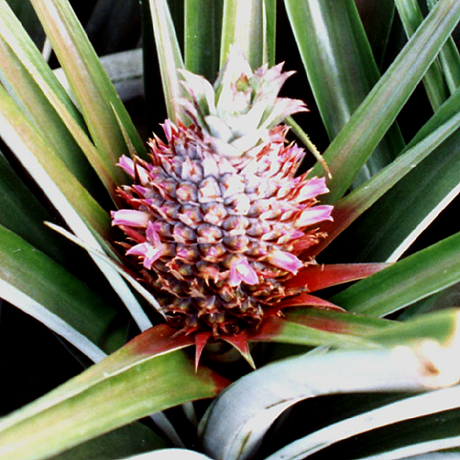

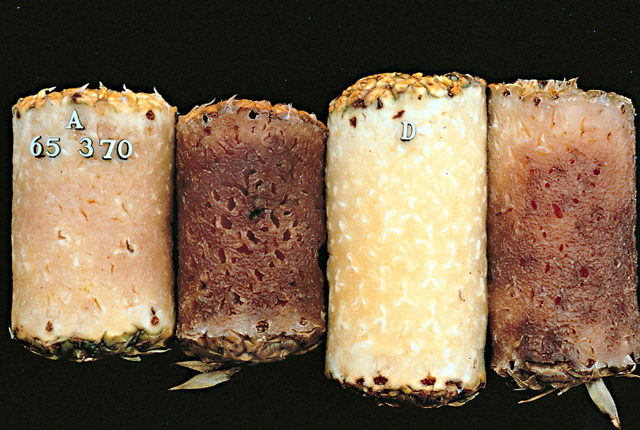
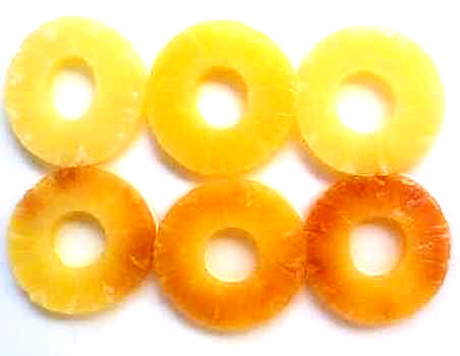



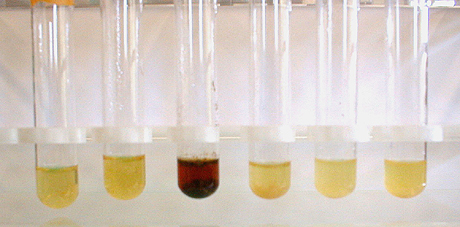
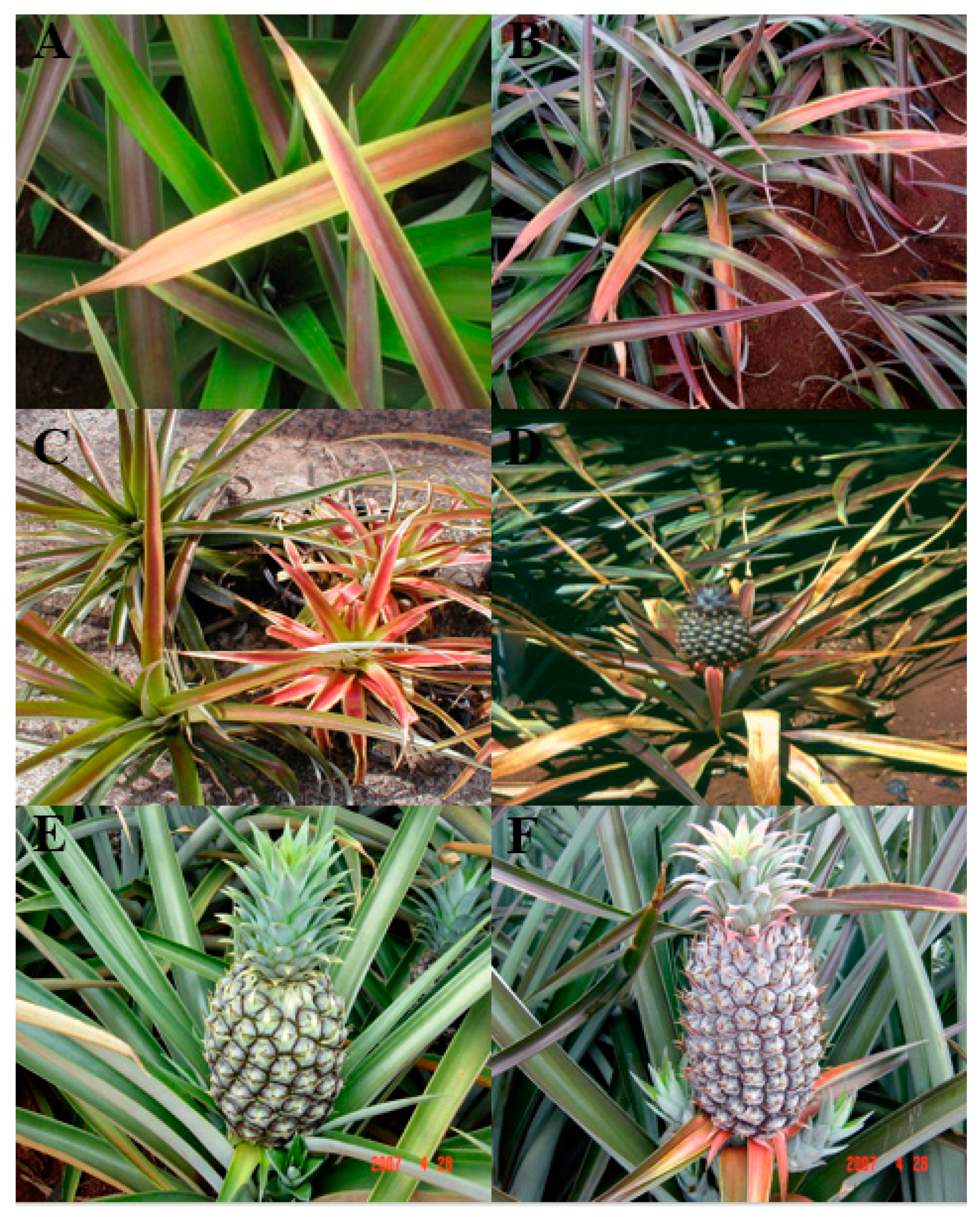





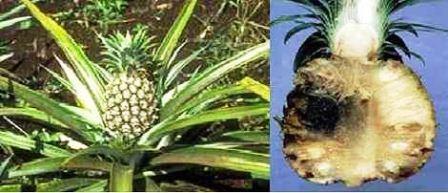

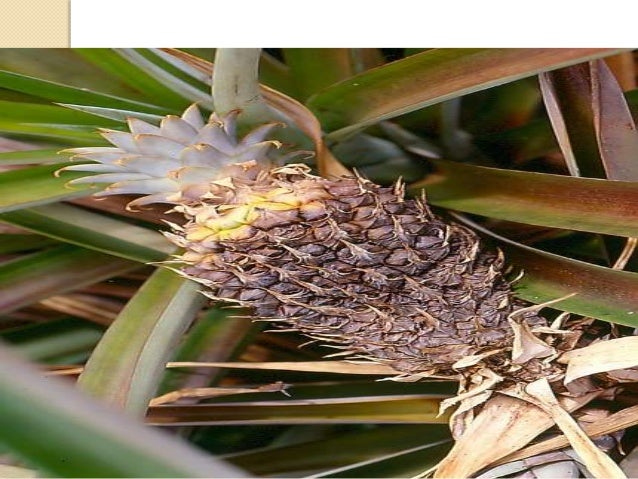






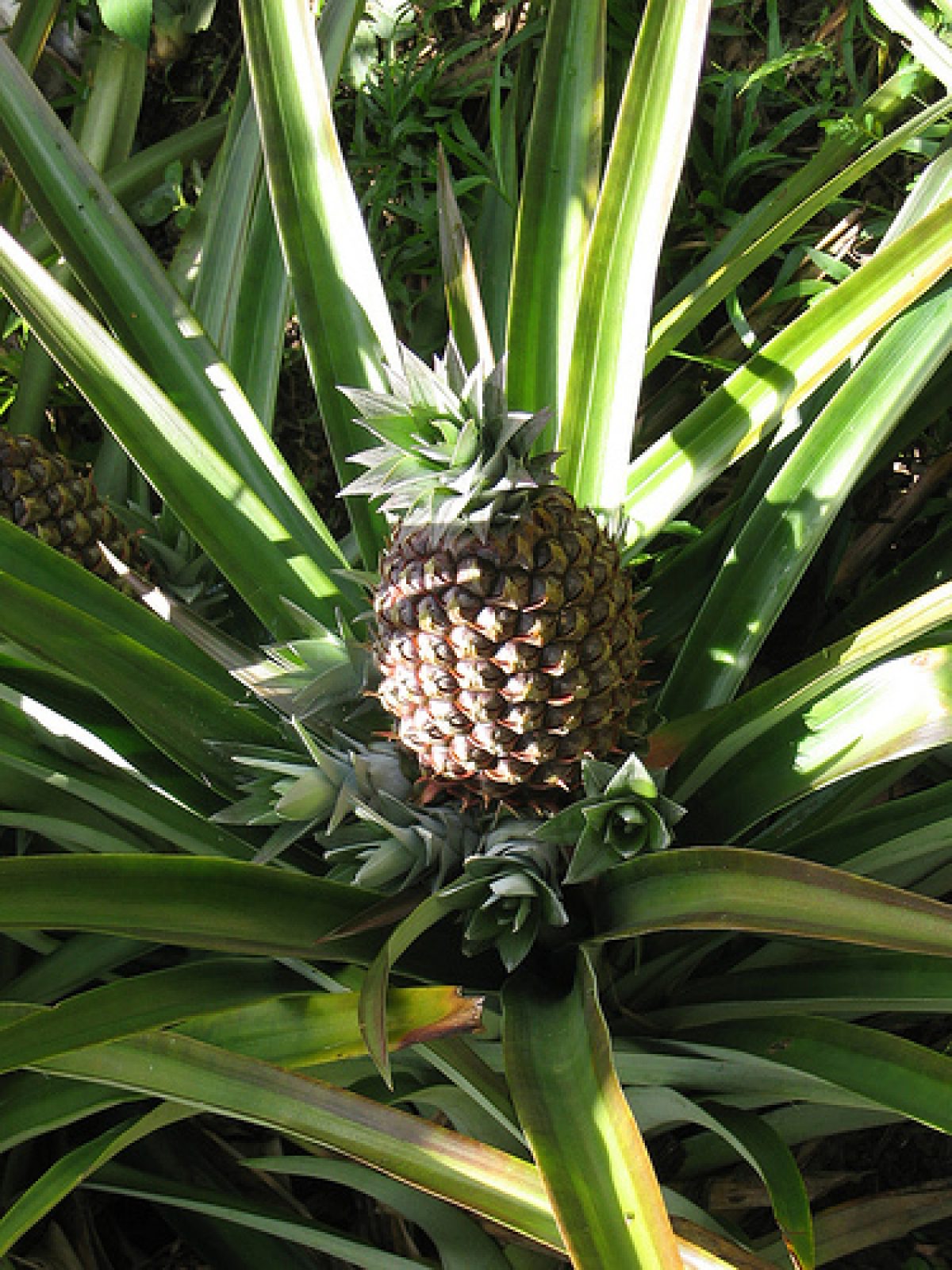
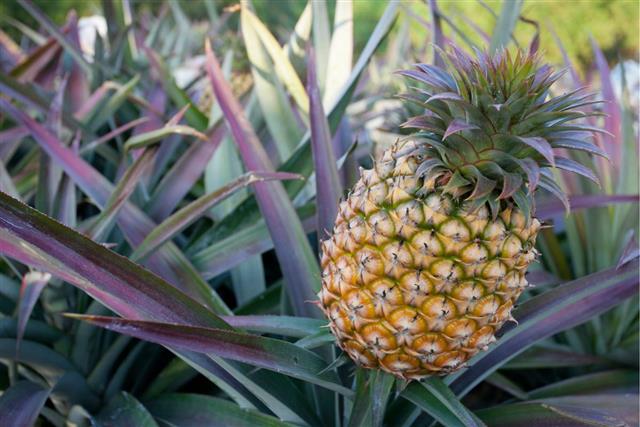
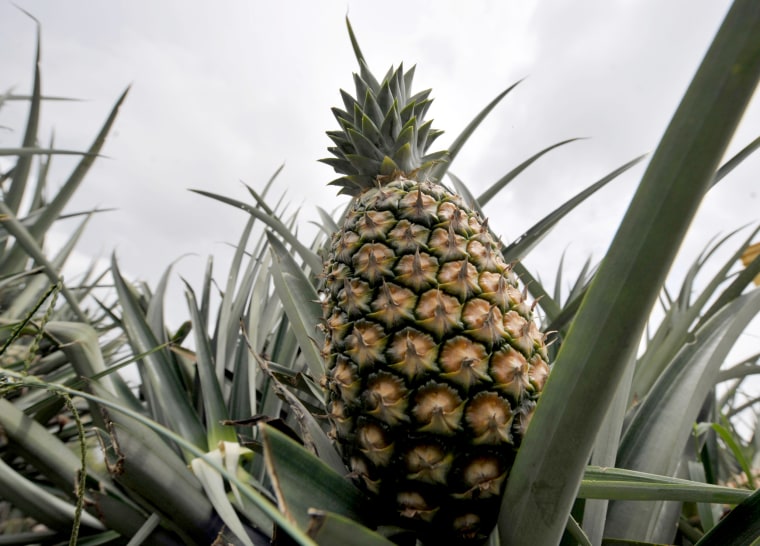


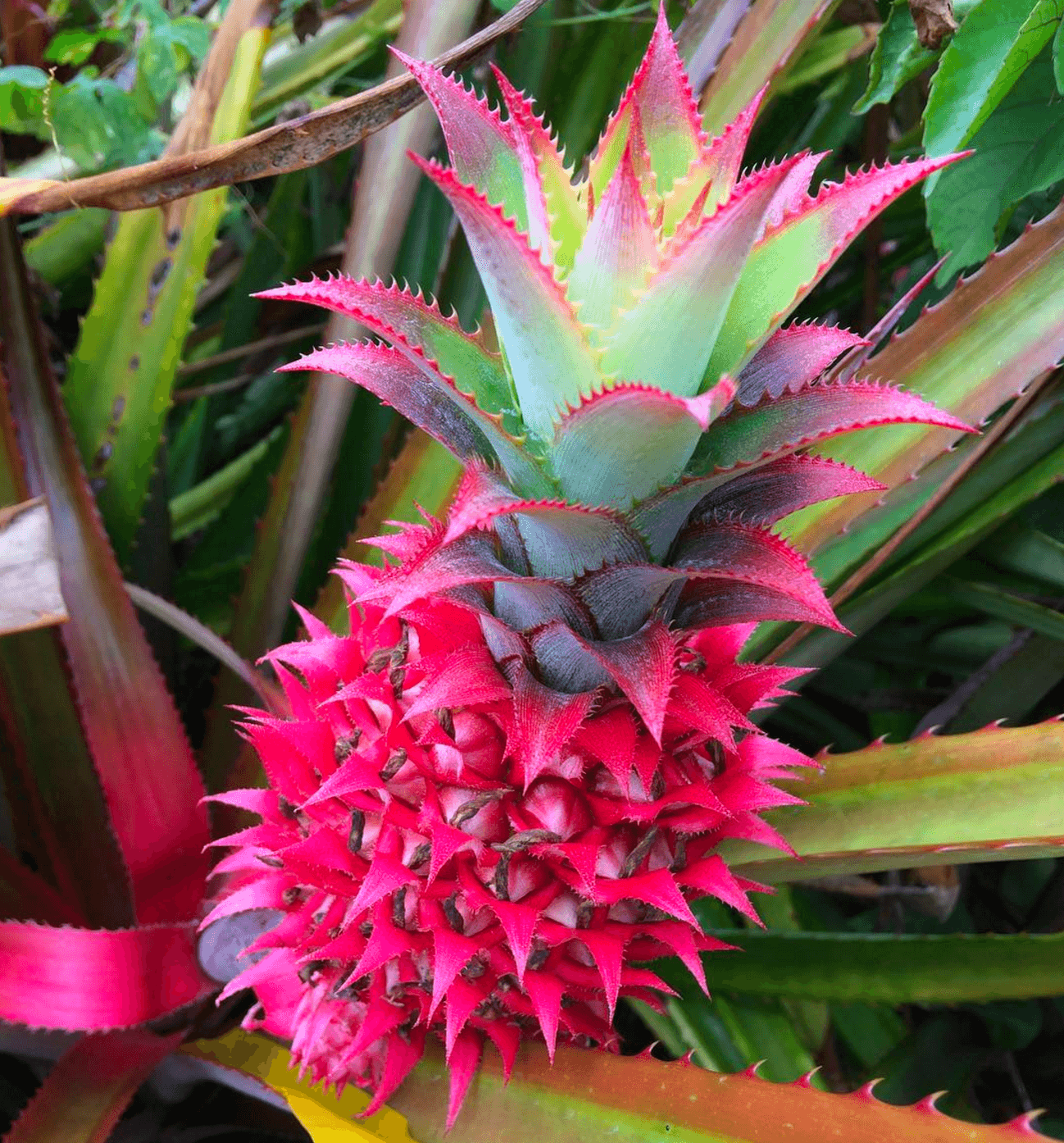



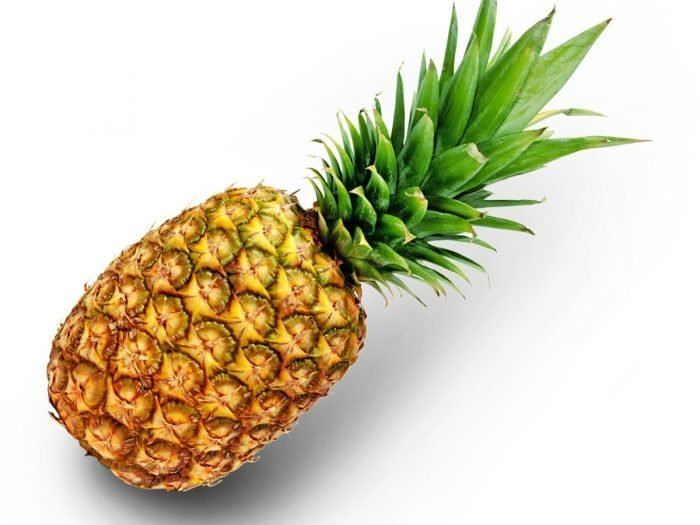








Post a Comment for "Pink Disease Of Pineapple"